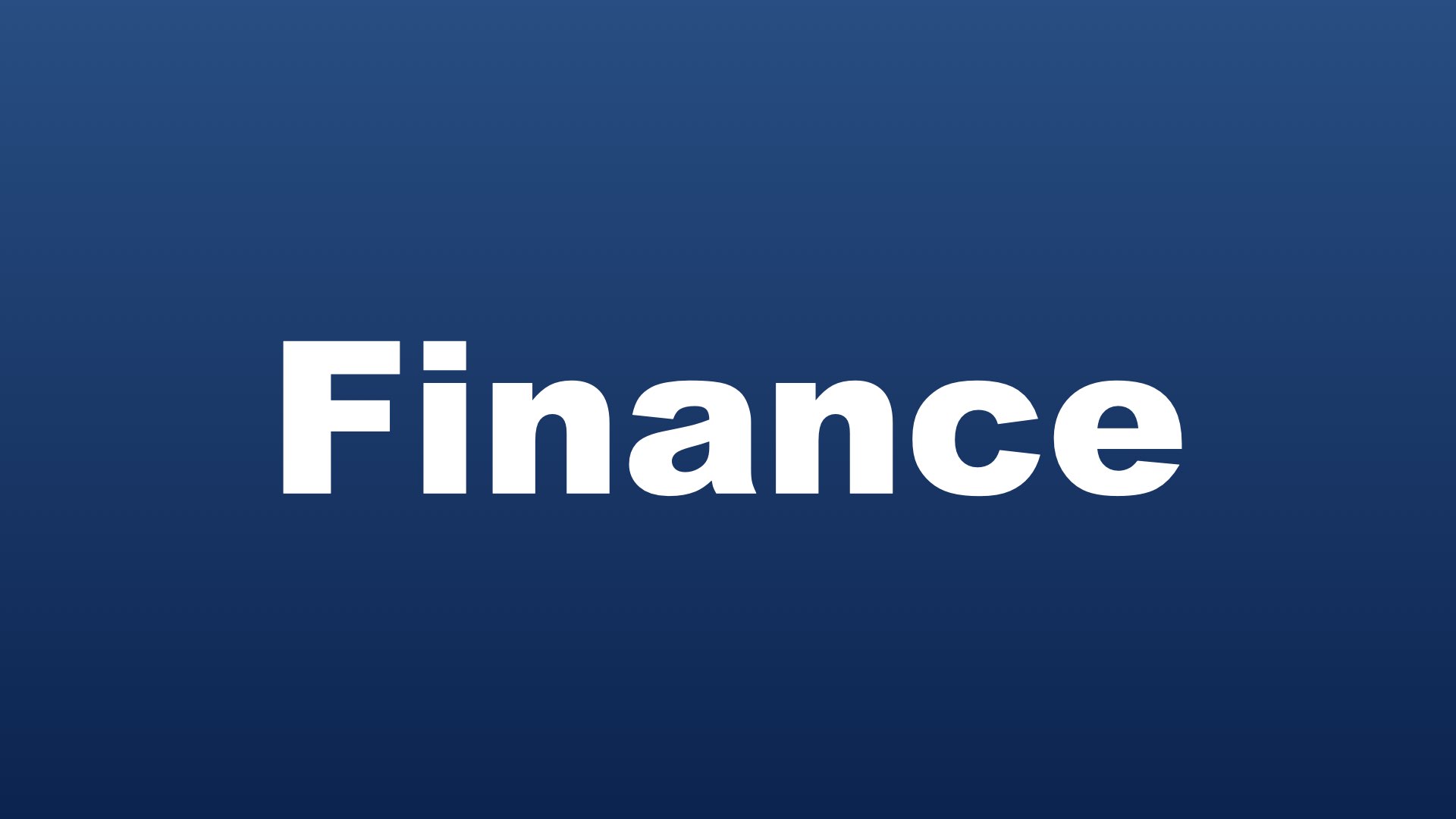Consumer indebtedness is on the rise. Millions of people today are living beyond their means yet few recognize the problem and fewer are willing to do something about it. Because this problem is so widespread, most popular financial management computer programs (like Microsoft Money or Quicken) assume everyone is struggling with debt and for this reason they have debt management planning built-in. Such programs can identify payoff strategies to accelerate debt elimination. By paying off high interest credit cards and loans first, debt can be reduced faster. As individual creditors are are paid off, financial resources are then consolidated to target other creditors until all are paid off. Here are some points to consider for debt elimination:
- Prioritize. Identify specific debts that are high interest and get those paid off first.
- Pay More. Pay more than the minimum payment to reduce the amount of interest paid over time. Consider identifying unnecessary reoccurring expenses for things you can do without and put that money toward paying off debt.
- Keep Going. Once a specific debt or loan is paid off, such as a car payment, use the extra money each month toward paying other debts. Don’t use that extra money for shopping or luxuries you were able to do without previously.
- Refinance. Sometimes it is possible to obtain a low interest loan to pay off high interest debt such as credit cards. This can significantly
reduce your overall monthly payments. - Ride A Bike. “If you’re constantly broke and can’t figure out why, the answer may be sitting in your driveway. Americans are spending more on their vehicles than ever before — more than $8,000 a year on average — and it’s driving some to the breaking point. Credit counselor Bill Thompson of Jacksonville, Fla., estimates that one out of every four clients his agency sees has overspent — sometimes dramatically — on a car. ‘They may be spending 15% to 20% of their (take-home) pay on just the car payment,’ said Thompson, who supervises credit counseling for the nonprofit Family Foundations, ‘and that doesn’t include insurance, gas, maintenance and all the other costs of owning a vehicle.’ And sometimes there’s more than one whopping payment. Sandra McGeary, a counselor at Consumer Credit Counseling Services of Western Pennsylvania, says she regularly sees middle-class families struggling with two payments in the $400 to $500 range. The burdens are so big that it doesn’t take a major disaster, like a job loss, to send them over the edge.” Read more… (20070116tu0242) This is an excerpt from The Reason You’re Broke by Liz Pulliam Weston.
Debt elimination services are an alternative to managing your own debt. These services will help you consolidate your debt. They may also be able to secure low interest loans and handle lender inquiries to reduce your legal liability and the stress associated with time consuming debt management. Examples of debt elimination services are MyVesta (www.myvesta.org) and AmeriDebt (www.ameridebt.org).
